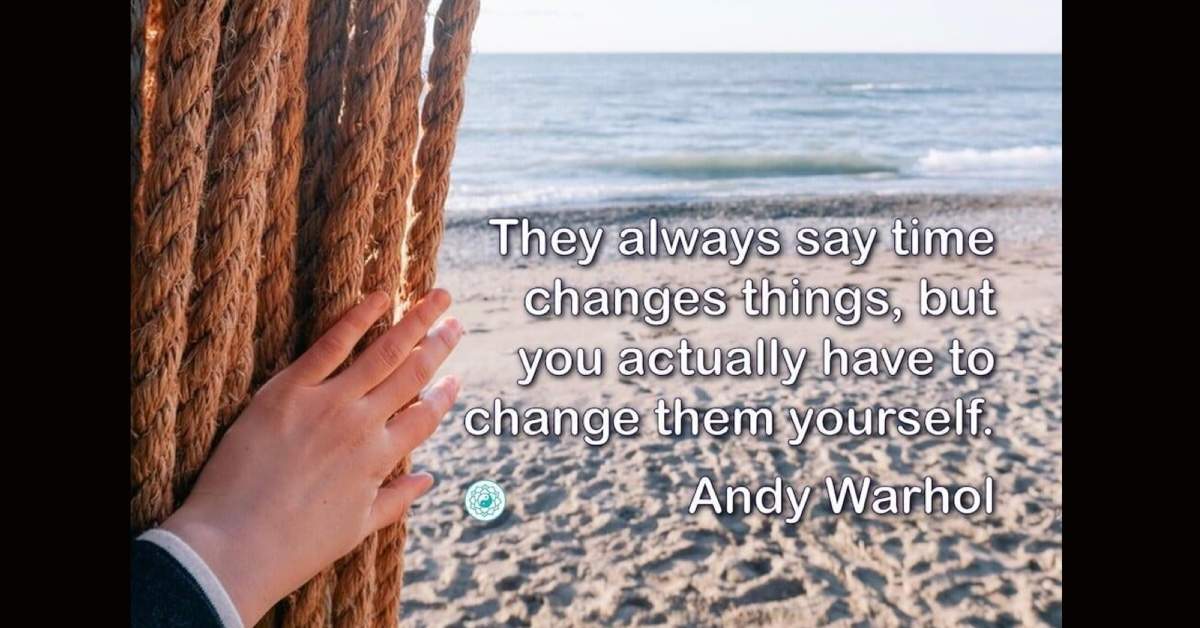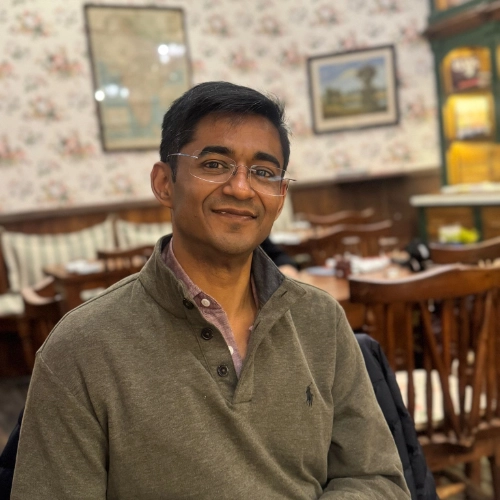“They always say time changes things, but you actually have to change them yourself.”
Andy Warhol’s deceptively simple statement cuts through the comfortable illusion that time, a passive force, will inevitably resolve our challenges. It exposes the truth: change is not a spectator sport. It demands active participation, a conscious choice to disrupt the status quo and sculpt our own realities. We cannot rely on the ethereal passage of hours to magically transform our lives; we must be the architects of our own destinies.
This quote serves as a powerful antidote to procrastination and complacency. It challenges us to confront the inertia that often holds us captive, urging us to embrace our agency and take ownership of our circumstances. It’s a reminder that waiting for time to work its magic is a recipe for stagnation, while proactive engagement is the catalyst for transformation.
The Missed Opportunity: Blockbuster’s Fatal Inaction
A stark example of this principle playing out in the business world is the story of Blockbuster Video. Once a giant, dominating the home video rental market, Blockbuster failed to adapt to the changing landscape of digital streaming. They clung to their brick-and-mortar model, dismissing the emerging threat of Netflix as a niche service.
Their unwillingness to change, to embrace the digital revolution, led to their eventual demise. They waited for time to somehow make their old model relevant, but time simply passed them by. Netflix, on the other hand, actively shaped the future of entertainment, leveraging technology to revolutionize how people consumed media. Blockbuster’s story is a cautionary tale: time does not change things; those who adapt and innovate do.
Read more: Forbes – A Look Back At Why Blockbuster Really Failed And Why It Didn’t Have To
Milton Erickson: The Power of Self-Directed Change
While many succumb to the belief that they are at the mercy of their circumstances, Milton Erickson offers a compelling counter-narrative. As a young man, Erickson contracted polio, leaving him paralyzed. Doctors predicted a life of severe limitations, but Erickson refused to accept this prognosis.
He understood that his recovery was not dependent on the passage of time or the intervention of external forces. He recognized that he had to be the active agent of change. Through sheer willpower and mental discipline, Erickson embarked on a journey of self-healing. He meticulously observed his own body, developed mental techniques to stimulate muscle movement, and gradually regained his mobility.
His remarkable recovery was a testament to the power of self-directed change. He proved that even in the face of seemingly insurmountable challenges, individuals possess the ability to reshape their realities through focused intention and unwavering perseverance. Erickson’s story stands as a beacon of hope, demonstrating that our internal resources are far more potent than we often realize.
Read more: Wikipedia – Milton_H._Erickson
The Unseen Opportunities: A Hypothetical Journey
Consider the hypothetical story of Alex, a young artist struggling to make ends meet. He dreams of exhibiting his work in a prestigious gallery, but feels trapped in a cycle of rejection and self-doubt. He blames his lack of success on external factors—the competitive art scene, the fickle tastes of critics, the lack of connections.
One day, Alex reaches a breaking point. He realizes that waiting for the world to change is futile. He decides to take control of his destiny. He begins to actively seek out opportunities, attending gallery openings, networking with artists and curators, and showcasing his work online.
Initially, he faces more rejections, but he persists, learning from each experience. He refines his portfolio, hones his presentation skills, and develops a compelling narrative around his art. As he takes these active steps, he begins to see opportunities that were always present, but previously obscured by his negativity and inaction. Small galleries start to show his work, then larger ones. He had to change his actions, and his mindset, before the opportunities presented themselves.
He discovers that the art world is not an impenetrable fortress, but a network of individuals who appreciate passion, talent, and perseverance. He realizes that his initial perception of powerlessness was a self-imposed limitation, a barrier that dissolved when he dared to take action.
Conclusion: The Architects of Our Own Destinies
Andy Warhol’s quote is a call to arms, an invitation to reject passivity and embrace the transformative power of self-directed change. Time does not magically alter our circumstances; we are the catalysts for our own evolution.
Here are the key takeaways:
- Agency is paramount: We are not passive recipients of fate, but active creators of our realities.
- Action trumps inertia: Waiting for time to change things is a recipe for stagnation.
- Self-belief is transformative: Our internal resources are far more potent than we often realize.
- Opportunities are often hidden: They reveal themselves when we dare to take the first steps.
- Change is a continuous process: It requires ongoing effort, adaptability, and a willingness to learn.
We must reject the illusion of passive change and embrace the responsibility of shaping our own destinies. We must be the architects of our own tomorrows, transforming our lives through conscious action, unwavering belief, and the courage to challenge the status quo. The future is not something that happens to us; it’s something we create.


